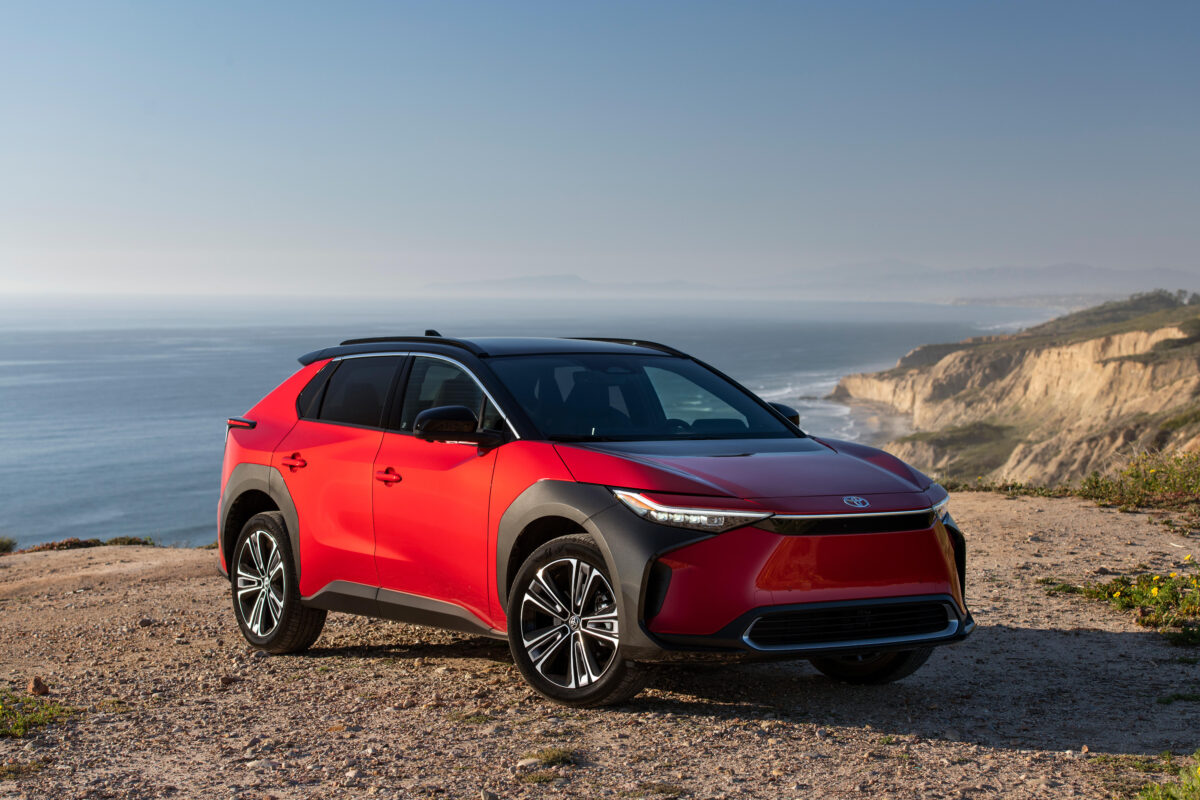Software company WeaveGrid has begun working with Toyota Motor North America to better integrate Toyota and Lexus battery electric vehicles (EV) and plug-in hybrid electric vehicles into the grid in certain utility service territories in the U.S.
Under the partnership, certain models of Toyota and Lexus electric vehicles will be combined with WeaveGrid’s intelligent software platform, which the company says will allow vehicle owners to save money and offer utilities EV load management capabilities.
“The result is a system that enables drivers to opt into charging optimization, personalized driver insights, and home charging cost savings,” according to WeaveGrid.
The partnership currently exists in WeaveGrid’s utility programs in Michigan, Maryland, California, Colorado, New Mexico, and Minnesota, Kendall Cody, senior manager, marketing and communications at WeaveGrid, told pv magazine USA.
“As WeaveGrid launches more managed charging programs with our utility clients, Toyota vehicles will be eligible for those programs as well. We cannot say more about which markets at this time as those programs have not yet launched,” Cody added.
Vehicle owners who participate in the program can earn direct incentives and other benefits from their utility. For example, in Xcel Energy’s footprint in Colorado, Minnesota, and New Mexico, enrolled customers can receive both a $50 bill credit annually, as well as savings from off-peak rates. Meanwhile, in Maryland, Baltimore Gas & Electric enrolled customers could save some $150 annually. The program enables participating customers to save money by helping them to charge during off-peak hours, according to Cody.
WeaveGrid has worked on similar projects before. Last July, for example, it announced a platform to support Detroit-based utility DTE Energy’s Smart Charge program, which helps EV drivers manage their charging in a way to reduce stress on the grid. Under that program, EV drivers can receive $50 in initial incentives and another $50 in end-of-program incentives from the company. In November 2022, WeaveGrid announced it had raised $35 million in a Series B funding round led by Salesforce Ventures, following its $15 million Series A a year and a half previously.
The EV market has seen huge growth in recent years, and sales have more than quadrupled during the Biden-Harris Administration. Private companies, meanwhile, have announced more than $155 billion in the EV and battery supply chain. Last month, the administration announced grants worth $623 million to build an EV charging network across major U.S. travel corridors, aiming to install at least 500,000 publicly available chargers by 2030.
More broadly, the influx of EVs on the road will increase overall electricity demand, Cody said. EV adoption is often clustered, meaning multiple EVs plugging in on a single residential street or neighborhood can create challenges for the local electricity distribution system. And adding a Level 2 charger at home can add two to three homes worth of demand to the grid and accelerate wear and tear on assets like transformers that already have backlogged supply chains, she added.
On the other hand, utilities can take advantage of these EVs to manage load in their service territories, through managed charging solutions, which can optimize charging so as to reduce strain on the distribution system and turn EVs into grid assets to help balance electricity demand.
The biggest challenge will be with the distribution system and ensuring the grid stays resilient amidst the challenges and opportunities presented by electrification and decarbonization.
“Funding mechanisms like [Grid Resilience and Innovation Partnerships] and other grants are really good initiatives. Policymakers should also be encouraging good grid planning and forecasting and utility managed charging programs,” Cody said.
This content is protected by copyright and may not be reused. If you want to cooperate with us and would like to reuse some of our content, please contact: editors@pv-magazine.com.








By submitting this form you agree to pv magazine using your data for the purposes of publishing your comment.
Your personal data will only be disclosed or otherwise transmitted to third parties for the purposes of spam filtering or if this is necessary for technical maintenance of the website. Any other transfer to third parties will not take place unless this is justified on the basis of applicable data protection regulations or if pv magazine is legally obliged to do so.
You may revoke this consent at any time with effect for the future, in which case your personal data will be deleted immediately. Otherwise, your data will be deleted if pv magazine has processed your request or the purpose of data storage is fulfilled.
Further information on data privacy can be found in our Data Protection Policy.